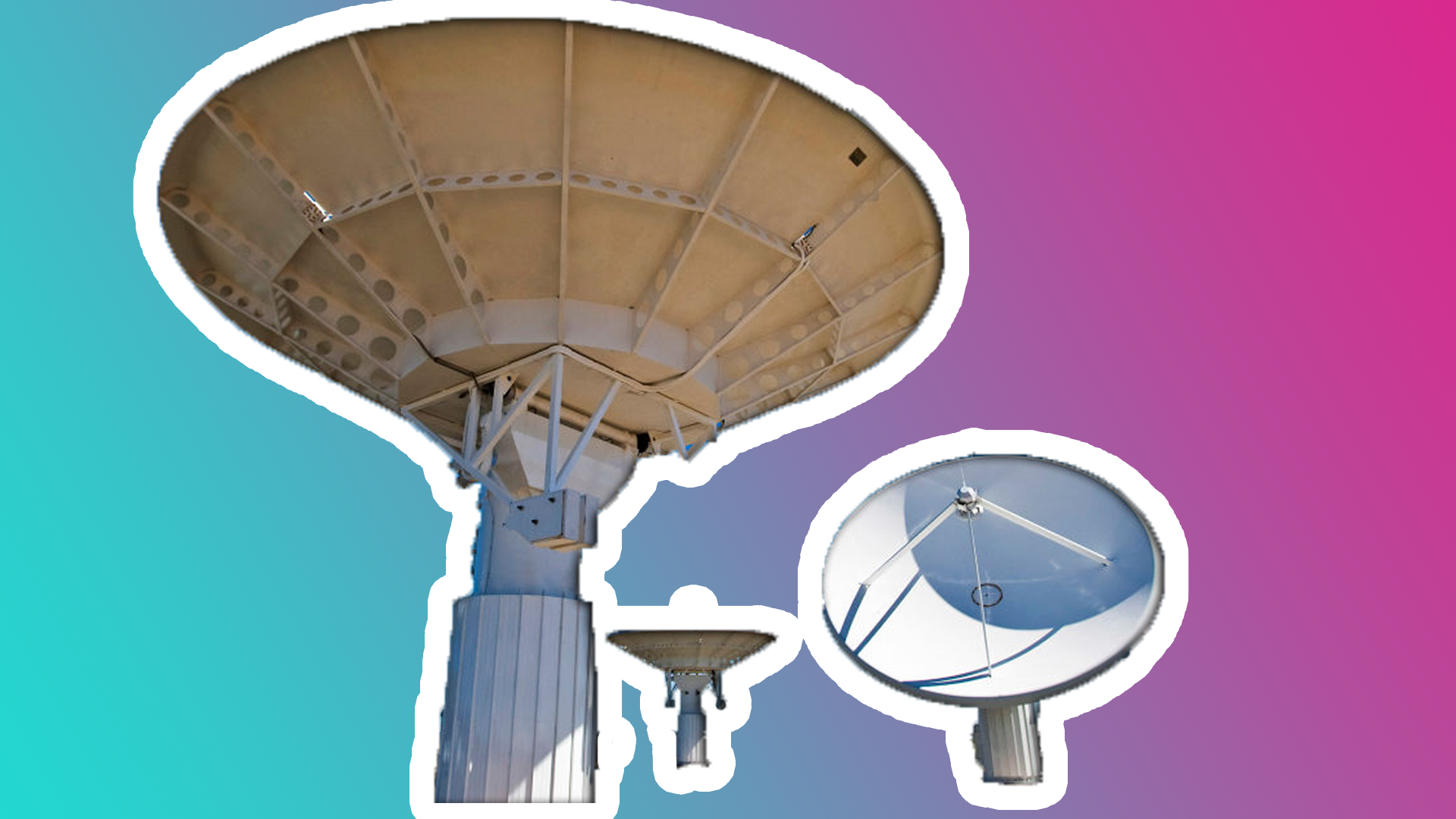Check out the telescope that can look further back in time!
- Published
- comments
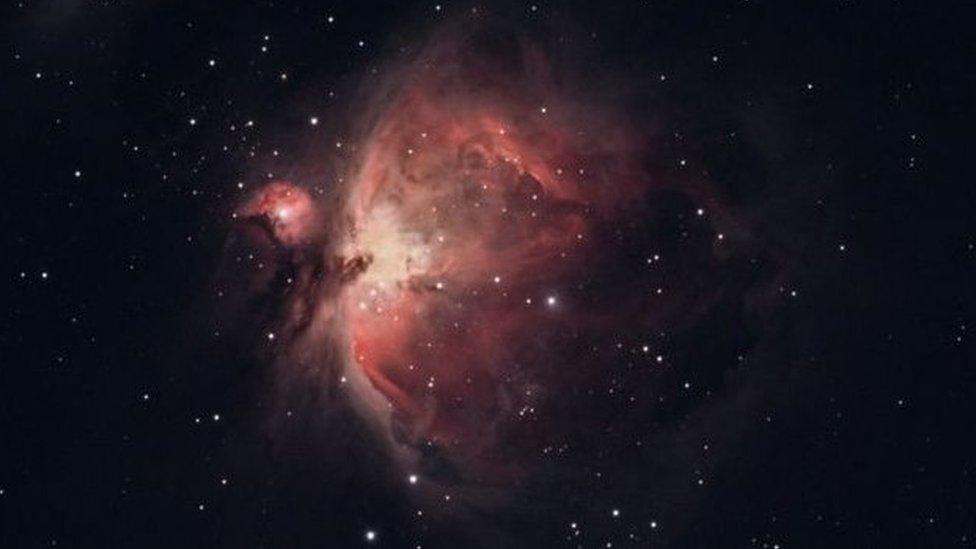
If you're fascinated by space then listen up.
Engineers in Edinburgh have developed a pretty cool instrument which will be able to look back in time to just a few hundred million years after the Big Bang - (which was thought to have happened more than 13.5 billion years ago).
It's called the James Webb Space Telescope and is due to be launched next year.
It's cost billions of pounds but is expected to transform the way we explore space.
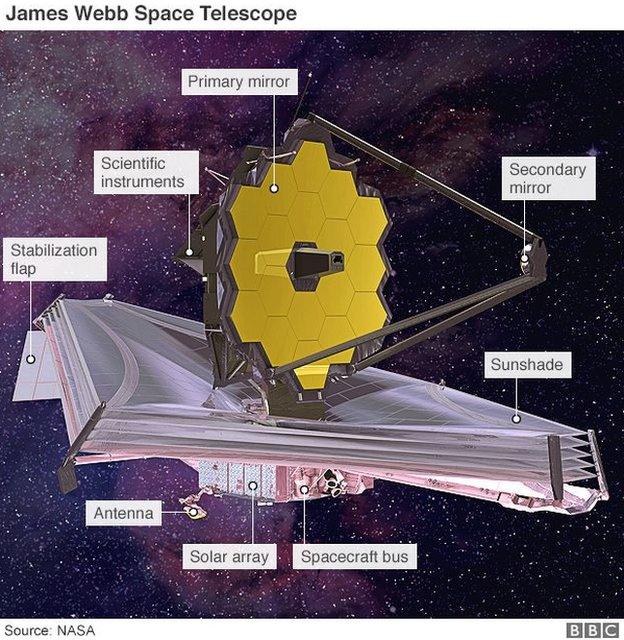
How does it work?
The telescope will be fitted with a Mid Infrared Instrument, which is one of four key detectors.
This will allow it to look back in time; one of the key ways it can do this is through light.
Light has a speed limit, it bowls along at 186,000 miles per second. That's super fast (it means natural light reaching us left the Sun more than eight minutes ago).
If you look at a star that is 30 light years away, that is what it looked like 30 years ago. The same applies to stars that are millions of light years away.
JWST will be placed an astonishing 1.5 million kilometres from Earth, meaning if it breaks down while it is up there, it will not be able to be fixed.
But the development of the telescope is taking time and it is more than ten years behind schedule.
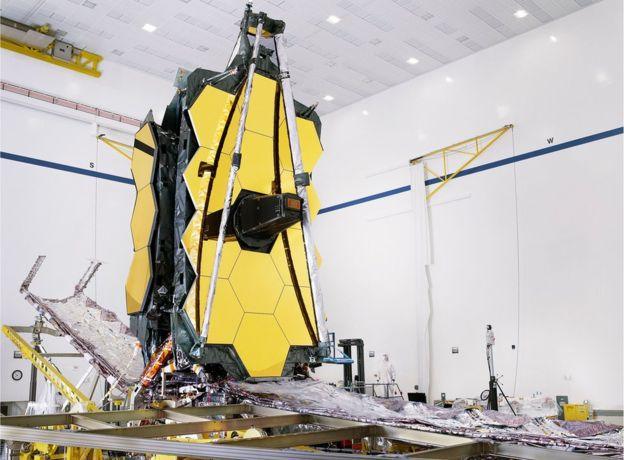
Still confused?
Basically the telescope will allow scientists to study worlds and distant planets which orbit other suns.
These are known as exo-planets as they exist outside our solar system.
Astronomers will be able to look at exo-planets in greater detail as the JWST can look through their atmospheres for signs of extra-terrestrial life.
It can be thought of as having three main parts - a telescope (mirrors and instruments); a big sunshield to shade its sensitive view of the sky; and a spacecraft unit that will manage the observatory's day-to-day operations in orbit.
The JWST is being tested here on Earth because once it's gone into space, it can't be fixed.
The mission, scheduled for 2021, is planned to last less than six years.
- Published7 March 2018

- Published20 June 2017
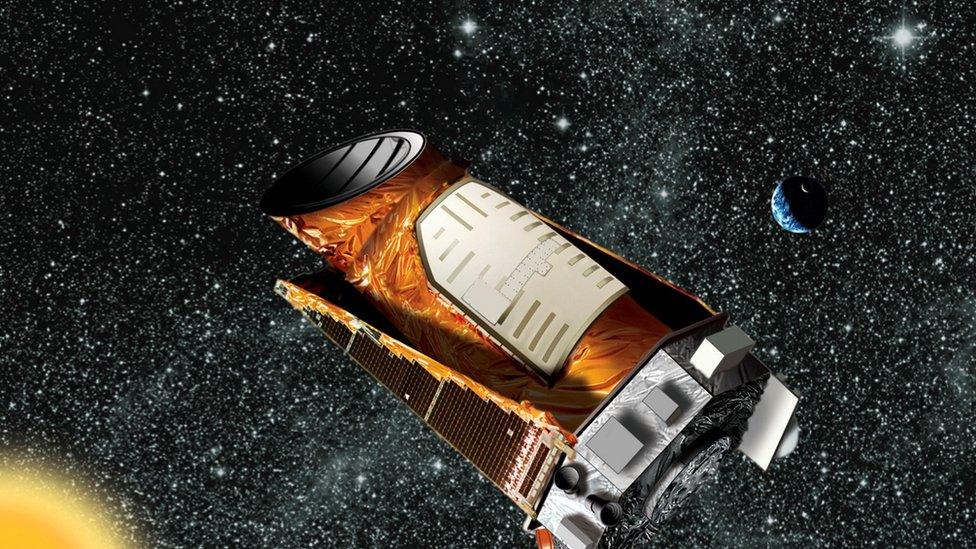
- Published17 December 2019
